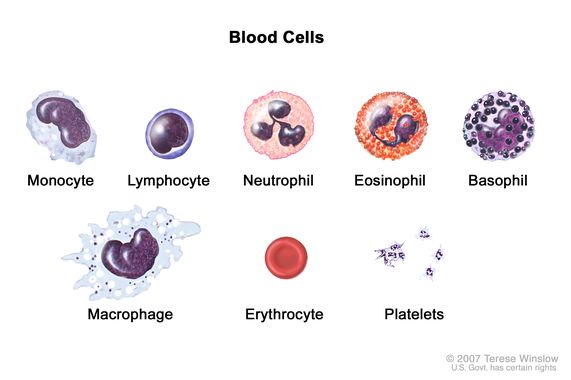This portal gives you information about, biography, current events,
Science knowledge, schemes, historical places, jobs and new government schemes.
Share its information on facebook, Twitter, Instagram and what's up group, to be update about latest news.
Blood
About human blood:-
Blood is a specialized body fluid. It has four main components: plasma, red blood cells, white blood cells, and platelets. Blood has many different functions, including: transporting oxygen and nutrients to the lungs and tissues. forming blood clots to prevent excess blood loss.
BLOOD CELLS:-
Blood cells. Blood contains many types of cells: white blood cells (monocytes, lymphocytes, neutrophils, eosinophils, basophils, and macrophages), red blood cells (erythrocytes), and platelets.
Blood, fluid that transports oxygen and nutrients to the cells and carries away carbon dioxide and other waste products. Technically, blood is a transport liquid pumped by the heart (or an equivalent structure) to all parts of the body, after which it is returned to the heart to repeat the process. Blood is both a tissue and a fluid. It is a tissue because it is a collection of similar specialized cells that serve particular functions. These cells are suspended in a liquid matrix (plasma), which makes the blood a fluid. If blood flow ceases, death will occur within minutes because of the effects of an unfavourable environment on highly susceptible cells.FUNCTIONS OF BLOOD:-
Broadly conceived, the function of the blood is to maintain the constancy of the internal environment. The circulating blood makes possible adaptability to changing conditions of life—the endurance of wide variations of climate and atmospheric pressure; the capacity to alter the amount of physical activity; the tolerance of changing diet and fluid intake; the resistance to physical injury, chemical poisons, and infectious agents. The blood has an exceedingly complex structure, and many components participate in its functional activities. Some of the regulatory mechanisms with which the blood is involved include sensors that detect alterations in temperature, in pH, in oxygen tension, and in concentrations of the constituents of the blood. Effects of these stimuli are in some instances mediated via the nervous system or by the release of hormones (chemical mediators). Some of the major functions of the blood are outlined in the paragraphs that follow.

Comments
Post a Comment
Thank u for comment